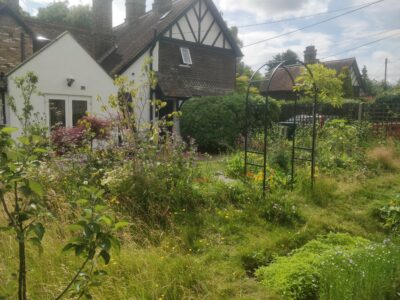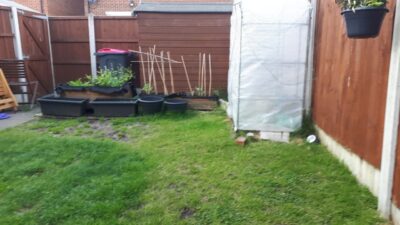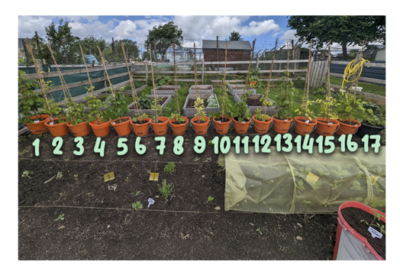Making Compost
The composting process can be carried out throughout the year, whenever suitable materials are generated in the garden or home. However, late summer to early winter is the best time for making compost. The site for composting should not be exposed to extreme temperature and moisture changes, as the microorganisms that convert the waste to compost thrive in constant conditions. The compost bin should be placed in a light shade or shade and an earth base is preferred for better drainage and access to soil organisms. If composting has to be done on a hard surface, add a spadeful of soil to the compost bin to get started. A bin that excludes rain, retains some warmth, allows drainage and lets in air will produce compost, but an open heap will also compost eventually.
The Ideal Ratio of Green to Brown Materials
Aim for a ratio of between 25% to 50% of soft green materials (e.g. grass clippings, annual weeds, vegetable kitchen waste) and the rest should be woody brown material (e.g. prunings, wood chips, paper, cardboard, straw or dead leaves) for the microorganisms to produce the compost effectively. It is important to avoid letting any single material dominate the heap, especially grass clippings, as they can become slimy and smelly on their own. Kitchen waste and grass clippings should be mixed with brown woody material, as they tend to be wet and easily compacted, which can exclude the air that the microbes need to do their work.
Green Materials:
- Grass clippings
- Soft leafy plants including annual weeds
- Fruit and vegetables, uncooked – kitchen waste
- Selected pet waste/bedding
Brown Materials:
- Prunings and hedge trimmings (ideally shredded)
- Woodchips
- Leaves
- Paper and card (torn up or shredded)
- Straw
- Plant stems
Accelerators and activators are not necessary if green waste is plentiful, but if needed, they contain high levels of nitrogen (a nutrient found in green waste). Activators containing carbon (a nutrient found in brown woody waste) can be purchased to compost grass clippings or other green waste where there is insufficient brown waste.
Turning the Compost Heap
Turning the compost heap periodically (every month, for example) adds air to the composting process, which is essential for it to occur. If the heap becomes too wet or compacted, the composting process will slow down as less air is available. It is best to place a large quantity of composting materials on the heap at once and turn it regularly to introduce air. The failure to turn the heap is one of the main causes of poor results. The heap should be kept moist during dry weather and turning it will provide an opportunity to assess the moisture level.
The Timing of Composting
Garden compost can take between six months and two years to reach maturity, depending on how well it is managed. Mature compost will be dark brown with a crumbly soil-like texture and a damp woodland smell. Any remaining un-rotted material can be sifted out and added to the next batch of composting materials. A well-run compost heap will get very hot




